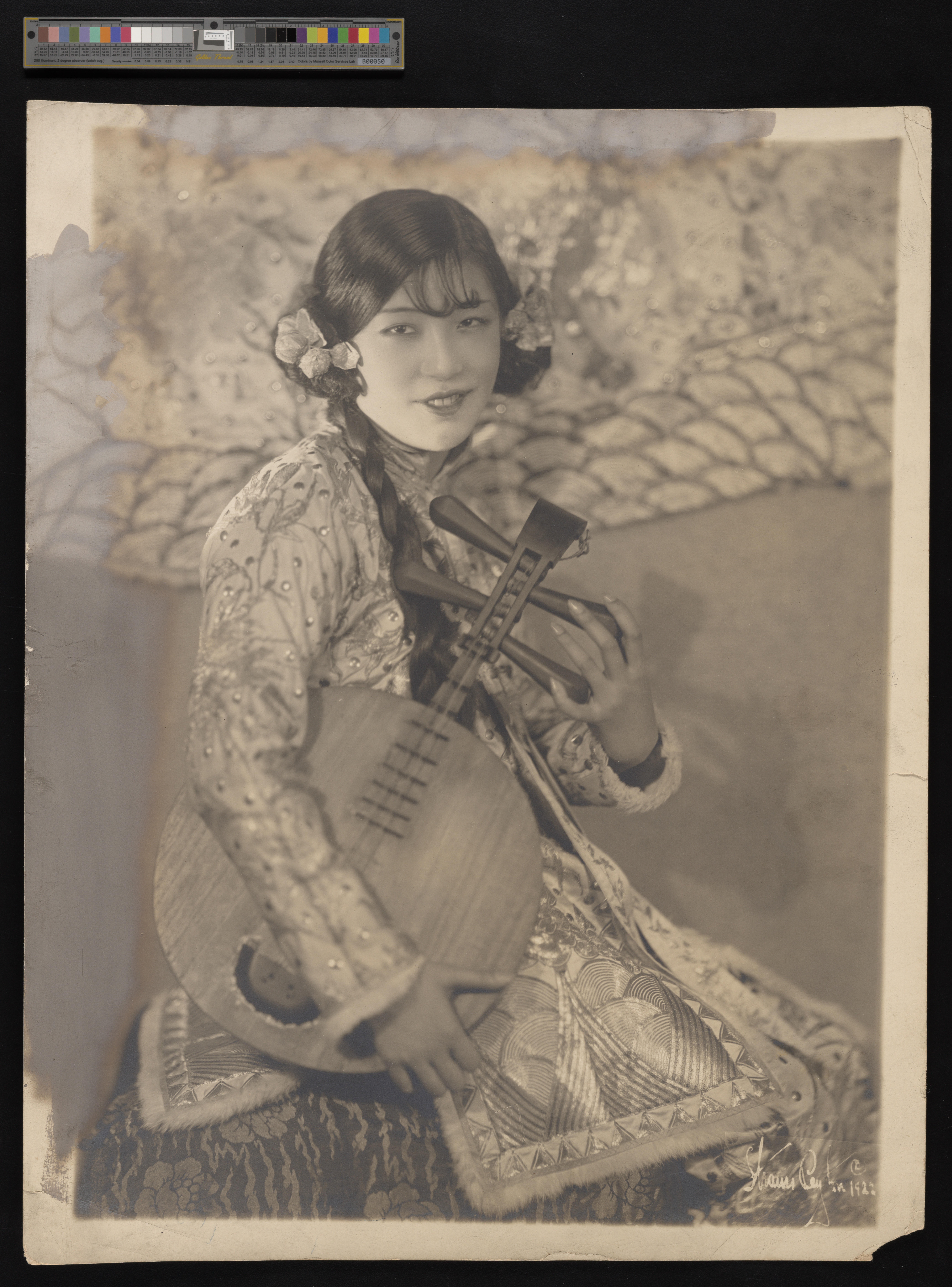“Chinese American Identity, Performance, and Immigration Law: Jue Quon Tai in Theaters and at National Borders”
Theatre Journal (March 2024)

This article redefines hyphenated Chinese American identities by highlighting the interplay between stage performance and immigration law enforcement during the Chinese Exclusion period. I employ the case of Jue Quon Tai, a Chinese American billed as a “genuine” Chinese princess when performing Orientalized songs on stage and recognized as interchangeably American and Chinese by immigration officers when crossing national borders between 1915 and 1926. During this time, as a web of international conflict entangled Americans and the insistence on national security grew fiercer, hyphenated Americans were seen as immigrants of divided loyalty. Simultaneously, the Chinese Exclusion Act admitted no hyphens, as it established a strict legal distinction between Chinese and American. Yet, I argue that first-generation Chinese Americans like Jue Quon Tai strived to see their hyphenated identities not as an either-or but as an and/or relationship implying a constant reconfiguration movement between their Chinese and American selves. Consequently, and despite legal requisites, I argue that Jue’s theatrical performance challenged contemporaneous ideas of Chineseness and influenced how immigration officers responded to hyphenated Chinese Americans at the border.